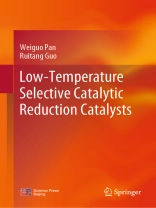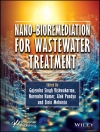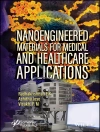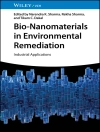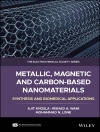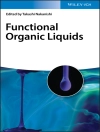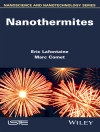This book systematically describes the latest research in low-temperature selective catalytic reduction catalysts, providing a theoretical basis and technical support. It first introduces the characteristics and formation mechanism of NOx and presents the control technology of nitrogen oxides at this stage along with the mechanism of low-temperature selective catalytic reduction reactions. In addition, the preparation methods and characterization techniques of these catalysts have been introduced. From this, readers can master the main technical methods required in low-temperature selective catalytic reduction catalyst research. Furthermore, it also covers the anti-poisoning mechanism of Mn-based, Ce-based, Fe-based, Cu-based and low-temperature selective catalytic reduction catalysts, presenting readers with the latest research achievements. Given its scope, this book appeals to a broad readership, particularly professionals at universities as well as engineers engaged in low-temperature selective catalytic reduction fields. It also can be treated as a valuable reference for scholars studying the field.
Daftar Isi
Chapter 1. The harm of NOx and its emission.- Chapter 2. NOx emission control technologies (NOx emission abatement). Chapter 3. Preparation of catalysts.
Tentang Penulis
Prof. Wei-guo Pan earned his Ph.D. in 1997 from Zhejiang University, and he is currently a group leader at School of Energy and Mechanical Engineering, Shanghai University of Electric Power. His current research interests include clean and efficient utilization of energy and photocatalytic process for energy conversion and environmental protection.
Rui-tang Guo received his B.S. and Ph.D. from Zhejiang University. In 2015, he worked as a professor of Energy Science at Shanghai University of Electric Power. His current research interest focuses on the preparation and performance study of SCR catalysts and photocatalysts used in CO2 reduction, H2 evolution and degradation of organic pollutants.
